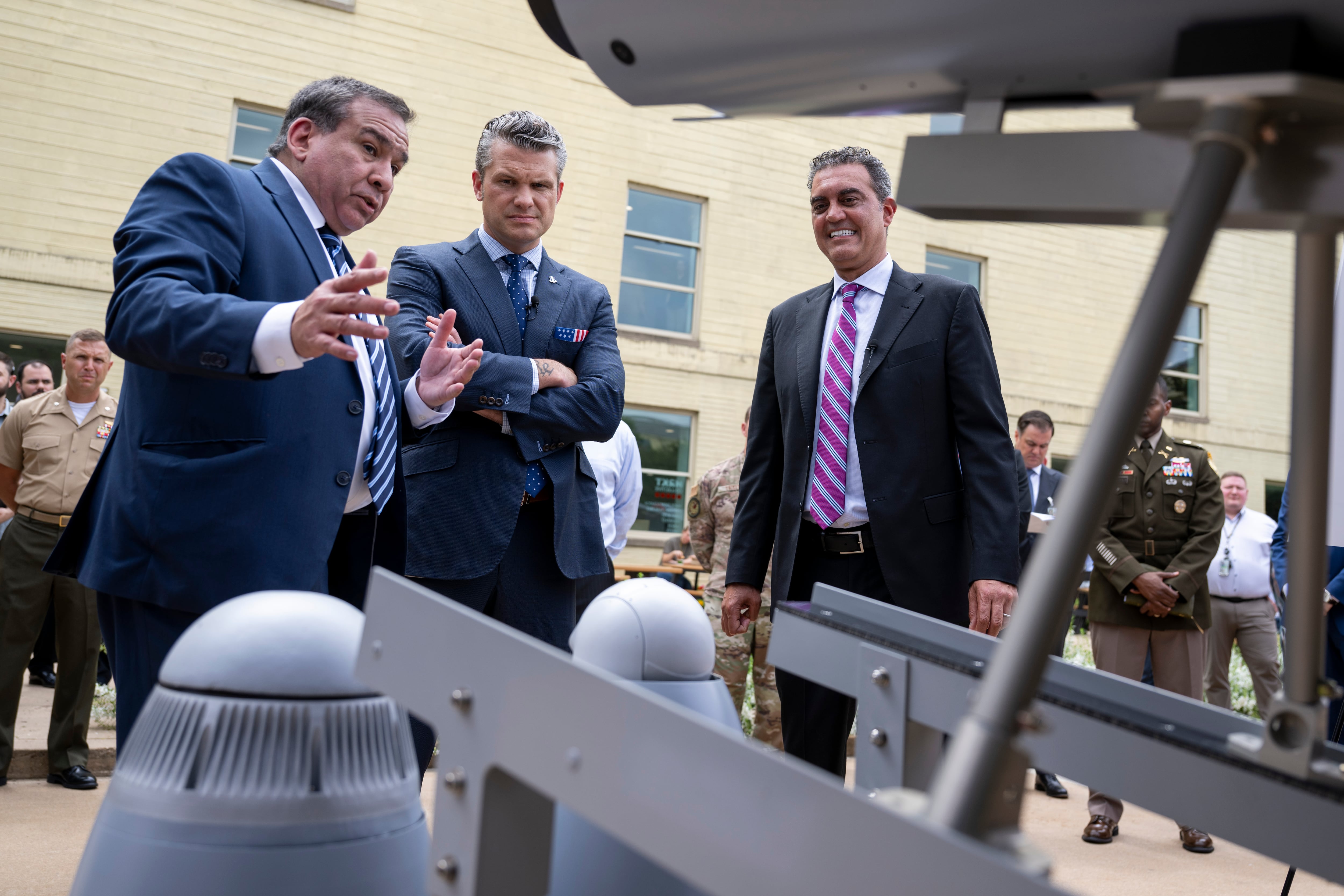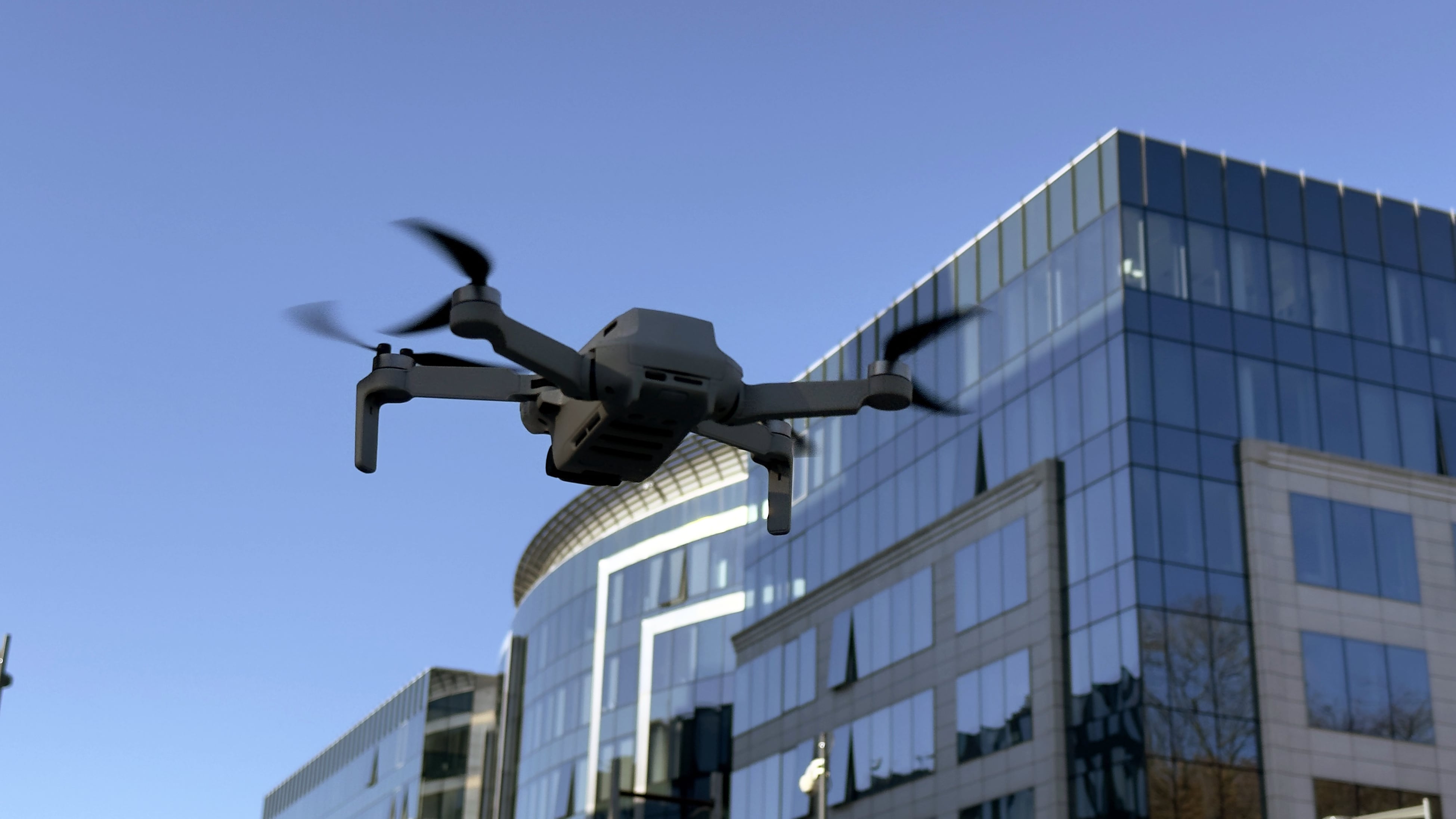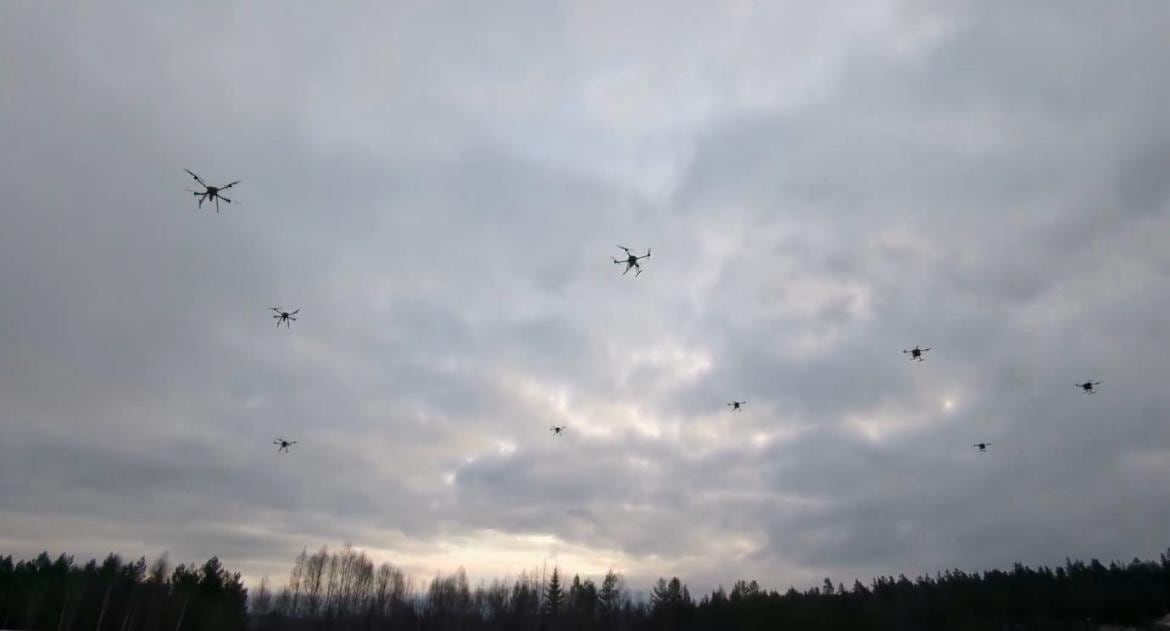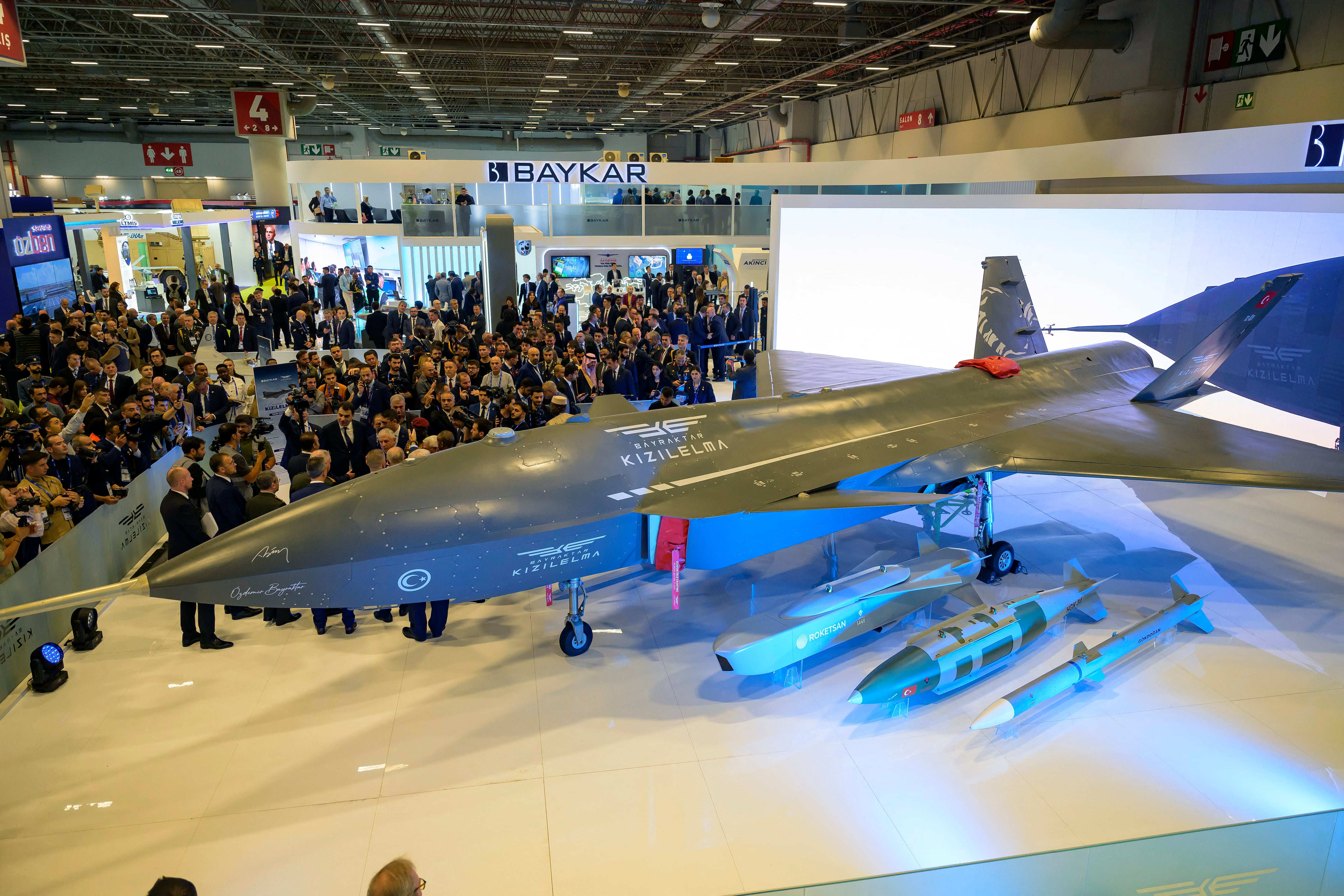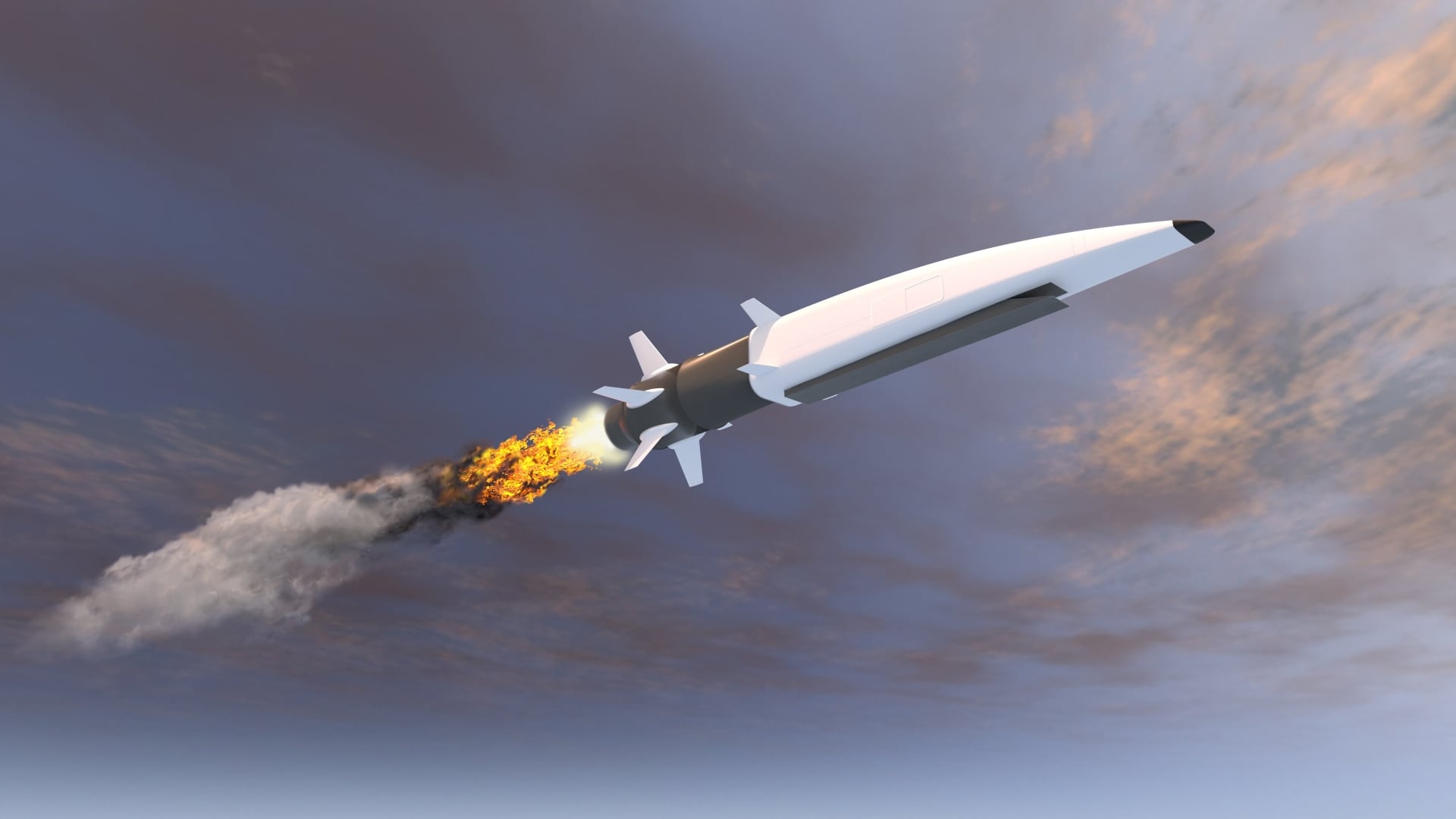Although the Pentagon’s fiscal 2026 budget flatlines funding for the Rapid Defense Experimentation Reserve, officials said Wednesday the move was less about killing the program — created to demonstrate technology that can meet urgent military needs — and more about normalizing the process it created.
“It’s been institutionalized now,” Alexander Lovett, deputy assistant secretary of defense for prototyping and experimentation, told reporters Wednesday. “That is the way we do business. So, we don’t specifically call it RDER anymore. We just call it prototyping and experimentation.”
RDER was created in 2021 to prioritize overlooked combatant command needs. The program identified capabilities gaps that spanned multiple COCOMs and military services, found mature technologies officials thought could fill those gaps and then sought to prove it through experimentation.
The effort faced an uphill battle in Congress, with lawmakers consistently cutting its budget and claiming its work was redundant to other Defense Department innovation initiatives and wasn’t transitioning technology fast enough. In FY25, after Senate appropriators moved to make steep cuts to the program, former Under Secretary of Defense for Research and Engineering Heidi Shyu campaigned heavily to save it.
Speaking Wednesday at a technology display staged in the Pentagon’s courtyard that featured several successful RDER projects, Lovett said funding from the effort is now being pushed to the services to scale technology that meets the department’s priorities.
“We don’t need a separate program,” Lovett said. “We’ve completely adopted that, and we’ll continue to do operational experimentation.”
Technology experimentation
One element of RDER that remains intact is a semi-annual demonstration and testing campaign called Technology Readiness Experimentation, or TREX. Initially intended to help identify and vet potential RDER projects, the Pentagon will now use TREX to get after high-priority capability needs.
For the next few years, Lovett said, that will largely center around autonomous systems, like UAS and counter-drone technology.
Much of the technology on display Wednesday was part of the RDER program and has benefitted from the chance to demonstrate at TREX events. The showcase largely focused on autonomy, featuring 18 systems, many of them drones, that DOD has experimented with over the past year or two.
That includes a long-endurance UAS called Vanilla built by Platform Aerospace, which graduated from RDER last year. The system can perform a range of missions, including ISR, signals intelligence, communications and kinetic and non-kinetic effects.
The system is currently under operational assessment by U.S. Naval Forces Central Command, U.S Central Command and U.S. Africa Command according to Jon Rasche, a program manager at the firm. Those reviews, which should be complete in 2026, evaluate the aircraft’s capability and meet command requirements.
At the same time, Platform has funding from DOD’s Accelerated Procurement For Innovative Technologies program, or APFIT, to build out its production capacity and make sure it’s ready to start delivering the system once it’s part of a program of record. Rasch told Defense News the company expects to ramp up from its current rate of one system per month to four per month next year.
The company’s involvement in RDER not only provided a pathway for Vanilla to become a formal DOD program, Rasche said, but the exposure and feedback from program managers and operational units helped shape the system’s development.
“Obviously everyone wants to move into a program of record. But that transition path is confusing at times,” Rasch said. “The RDER program was helpful as we got different program managers from the RDER team to help us understand what the next steps were moving through that process.”
Drone dominance
The event followed Defense Secretary Pete Hegseth’s June 10 memo that rolled out a slew of reforms to the way the Pentagon tests, buys and fields drones and pushes decision-making authority to units in the field.
The memo requires the military services to each create active-duty drone formations to scale the use of small uncrewed air systems, or UAS, across DOD. It gives procurement authority to combat units to buy, test and train with small UAS. And it calls on the services to stand up “unsubordinated program offices” focused entirely on rapidly acquiring drones.
“By the end of 2026, every squad will have low-cost, expendable drones, prioritizing Indo-Pacific combat units and consistent with other Secretary of Defense strategic guidance documents,” the memo states.
Hegseth made an appearance at the showcase Wednesday, visiting several booths. He spoke briefly with reporters and noted that the systems on display represented a small fraction of the innovation the department hopes to spark by reducing some of the policy barriers that make it harder for companies to work with DOD and for military operators to get the capabilities they need.
“What we continue to do is drastically reduce red tape,” Hegseth said. “Previous barriers have been put in place to block innovation, block speed, to block scale, to block working with industry, to block competition. . . . When it comes to drones — large, small, all classes — we need to be world class. And we will.”
Courtney Albon is C4ISRNET’s space and emerging technology reporter. She has covered the U.S. military since 2012, with a focus on the Air Force and Space Force. She has reported on some of the Defense Department’s most significant acquisition, budget and policy challenges.
